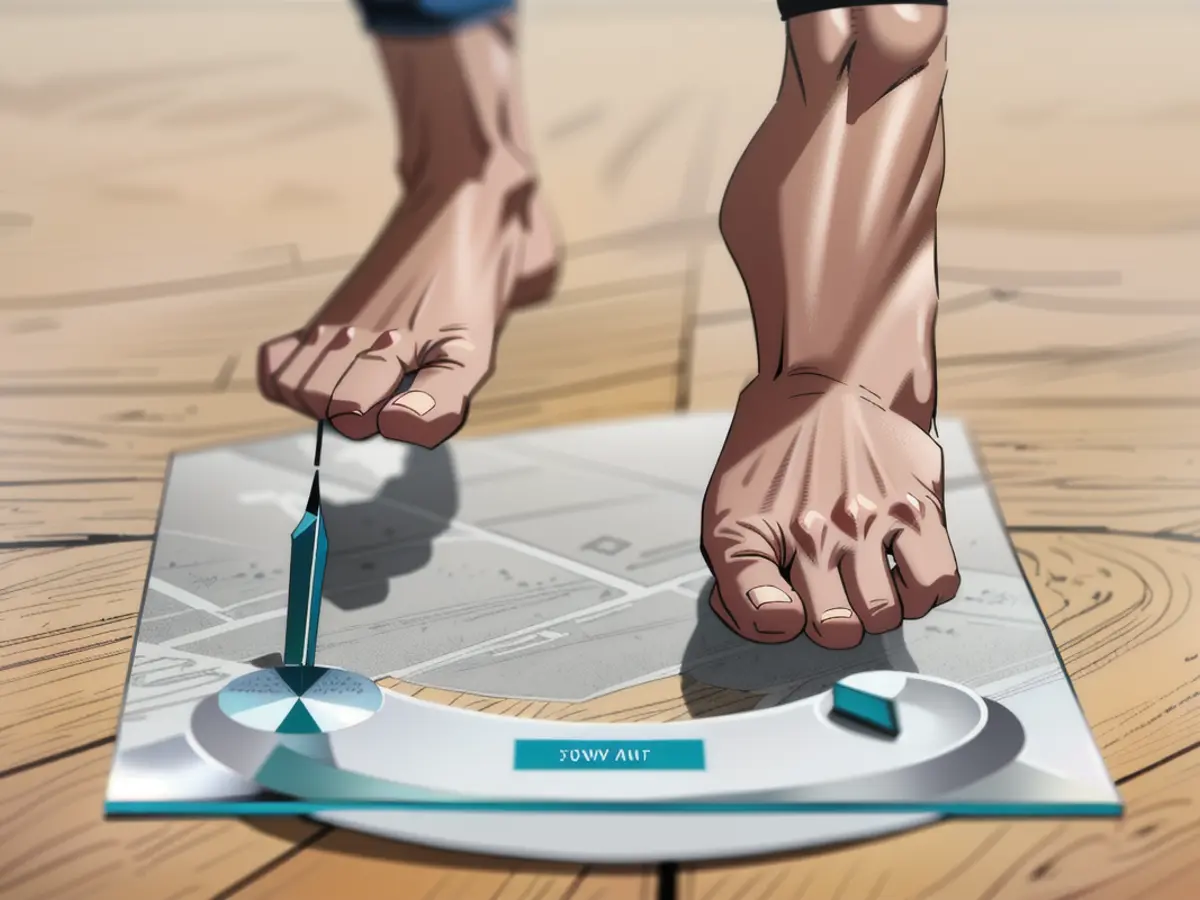The extent of your physical activity may serve as a crucial indicator.
Established in 2007, the initiative stimulates doctors to evaluate patients' physical activity levels during appointments and incorporate regular exercise into their treatment plans. The types and amounts of exercise proposed should take into consideration each individual's current health and capabilities.
The core concept is straightforward: Exercise promotes overall well-being. Regular movement also helps prevent and even treat numerous medical issues. Research in the American Journal of Lifestyle Medicine highlights the significant connection between physical inactivity and ill health and high healthcare costs. The paper suggests integrating healthcare and fitness programs.
According to a study conducted by Intermountain Health and presented at the 2019 American College of Sports Medicine annual meeting, those with moderate to vigorous activity for at least 150 minutes a week had almost half the healthcare usage compared to sedentary individuals. The findings also revealed active people's healthcare costs were half that of inactive individuals, who were defined as engaging in just one minute per week of moderate to strenuous exercise.
Regrettably, despite EIM's growth and success, only 22.9% of adult women and 17.8% of adult men received recommendations to increase their activity levels from healthcare providers, according to the 2022 US National Health Interview Survey.
Given the average primary care appointment lasting less than 20 minutes, it's unsurprising that so few practitioners are discussing physical activity. "It takes very little time to write a prescription," said Dr. Elizabeth Joy, Lore Health's chief medical officer and EIM's governance board chair. "It takes much more time to provide evidence-based behavioral change counseling."
EIM has made significant progress outside of doctor's offices, introducing multiple initiatives, programs, and exercise prescriptions. Noteworthy is Exercise is Medicine on Campus, a program assisting colleges and universities in encouraging physical activity among students, faculty, and staff. More than 200 US universities and over two dozen international education institutions participate.
Grand Valley State University's EIM-OC program in Grand Rapids, Michigan, has earned gold status due to its regular assessment and promotion of physical activity on campus. The university offers benefits like free personal training and numerous group fitness classes. University departments increasingly collaborate to promote the significance of exercise.
Moving Through Cancer is the initial disease-specific EIM initiative, helping cancer patients with exercise and rehabilitation programming. Most cancer patients experiencing physical activity during treatment have less severe side effects, recover more quickly, and in some cases, enjoy a reduced risk of the cancer returning, evidence suggests.
The Rx for Health Series offers exercise prescriptions for people suffering from many chronic conditions, such as Alzheimer's, depression and anxiety, osteoarthritis, and heart failure. "If you've had a heart attack," Joy stated, "it's more dangerous for you to stay on that couch versus going for a walk."
To encourage movement, EIM is examining alternative approaches. "People don't like being told what to do," Joy said. "It's more effective when people embrace exercise within their community. If your family, neighbors, or even church group promotes physical activity, you're more likely to be active."
Amy Campbell, Grand Valley State University's associate director of recreation and wellness, agrees. "The CARE team now queries students, asking about their exercise habits," she said. "Making sure they get the resources to participate, if needed. Our department and some CARE team members communicate and work together."
"Healthy habits spread," Joy said. "We each have a role influencing others in our lives."
Personal trainer Gerren Liles emphasizes the community's potential to inspire fitness. New York companies have hired Liles to lead fitness classes for their employees and witnessed benefits. "Bringing people together for physical activity can motivate individuals to improve their health," he observed. "It's great if workplaces invest in fitness, and schools create programs and events for students and parents. Furthermore, media and movies should encourage exercise."
When you go out for a stroll next time, consider inviting a friend or a neighbor, advised Joy.
Read also:
- No food or coffee for three days, just juice, juice, juice instead: a field report
- How to get rid of the flu if you have caught it
- Doctors warn of penis fractures and other injuries during the Christmas season
- Corona or flu epidemic? These pathogens are making us cough and sniffle right now
Source: edition.cnn.com








